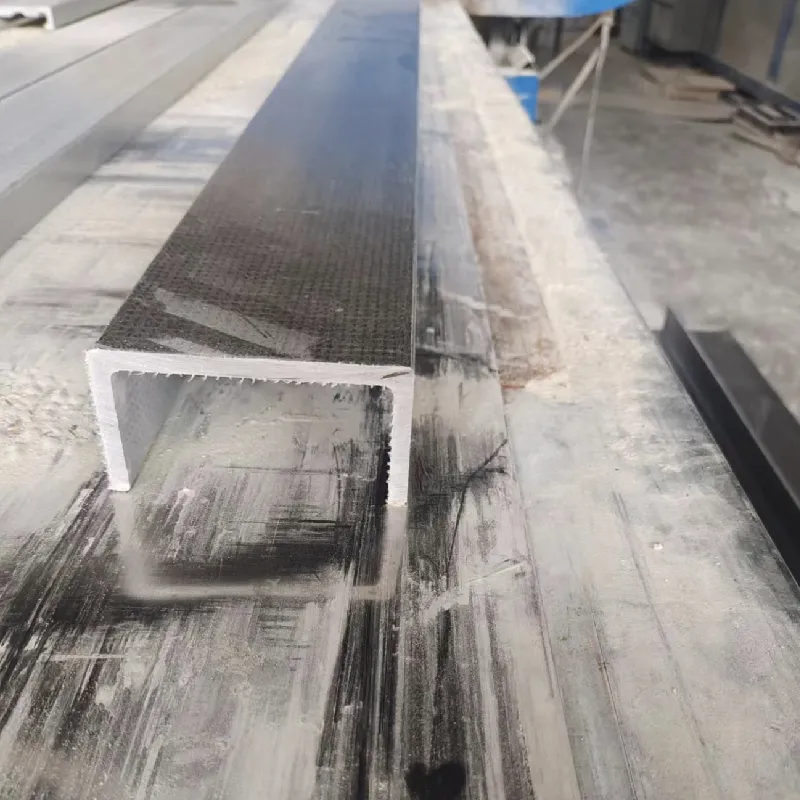- No. 9, Xingyuan South Street, Dongwaihuan Road, Zaoqiang County, Hengshui, Hebei, China
- admin@zjcomposites.com
- +86 15097380338
- Welcome to visit our website!
Marine Grating Solutions for Safety and Durability
Understanding Marine Grating A Key Element in Marine Engineering
Marine grating plays a crucial role in the field of marine engineering, contributing to safety, functionality, and efficiency in various marine applications. This specialized type of grating is designed to withstand the demanding conditions of marine environments, characterized by harsh weather, corrosive saltwater, and the constant movement of waves. In this article, we will explore the significance, types, applications, and advantages of marine grating.
What is Marine Grating?
Marine grating refers to a variety of flooring and decking systems made from materials specifically tailored to endure marine conditions. Typically constructed from fiberglass, steel, or aluminum, marine grating is designed to provide a durable surface for walkways, work areas, and platforms on ships, docks, offshore platforms, and other marine structures. Its design often incorporates anti-slip features and drainage properties to ensure safety in wet environments.
Types of Marine Grating
There are several types of marine grating available, each suitable for different applications and environments. The most common include
1. Fiberglass Grating This lightweight yet strong option is resistant to corrosion, making it ideal for salty marine environments. It is often used in areas where chemical resistance is vital, such as in industrial applications.
2. Steel Grating Known for its strength and durability, steel grating is often galvanized to protect against rust and corrosion. It is commonly utilized in areas with heavy foot traffic or where heavy machinery operates.
3. Aluminum Grating Lightweight and resistant to corrosion, aluminum grating is a popular choice for applications requiring easy handling and installation. It is often used on boats and small marine vessels.
Each type of marine grating has its distinct benefits, depending on the specific requirements of the project and the environmental conditions it will face
.Applications of Marine Grating
marine grating

Marine grating is used in a wide range of applications, including
- Ship Decks Providing safe walking surfaces for crew members and passengers, ensuring they can move about safely in wet conditions.
- Docks and Piers Enhancing accessibility, marine grating offers slip-resistant walkways and work areas for loading and unloading cargo.
- Offshore Platforms Used in oil rigs and wind farms, where safety and stability are critical under extreme marine conditions.
- Water Treatment Facilities Serving as walkways in settings where chemicals are present, protecting workers from falls and slips.
Advantages of Marine Grating
The advantages of marine grating are manifold. Firstly, its slip-resistant properties reduce the risks of accidents on wet surfaces, significantly enhancing safety. Secondly, marine grating's resistance to corrosion means lower maintenance costs and longer service life compared to traditional materials. Additionally, the lightweight nature of certain grating types facilitates easier installation and handling.
Moreover, the ability to customize marine grating in terms of size, shape, and load capacity allows designers and engineers to meet specific project needs effectively. This adaptability makes it an invaluable component in marine infrastructure development.
Conclusion
In summary, marine grating is an essential element of marine engineering that assures safety, durability, and functionality across various marine applications. With its various types catering to different needs, marine grating continues to evolve, meeting the demands of modern marine operations. Investing in high-quality marine grating is not just a practical choice—it's a commitment to safety and efficiency in challenging marine environments.
-
GRP Structures: The Future of Lightweight, High-Performance EngineeringNewsJun.20,2025
-
FRP Water Tank: High-Performance Storage for Corrosive and Clean Water SystemsNewsJun.20,2025
-
FRP Square Tube: The New Industry Standard for Chemical and Structural ApplicationsNewsJun.20,2025
-
FRP Pultruded Profiles: The Ultimate Choice for Lightweight Structural StrengthNewsJun.20,2025
-
FRP Handrails: The Safer, Smarter, and Stronger Choice for Modern InfrastructureNewsJun.20,2025
-
FRP Grating: The Smart Solution for Durable, Lightweight Industrial FlooringNewsJun.20,2025
-
Why Choose a Galvanized Water Tank for Your Storage NeedsNewsMay.21,2025
